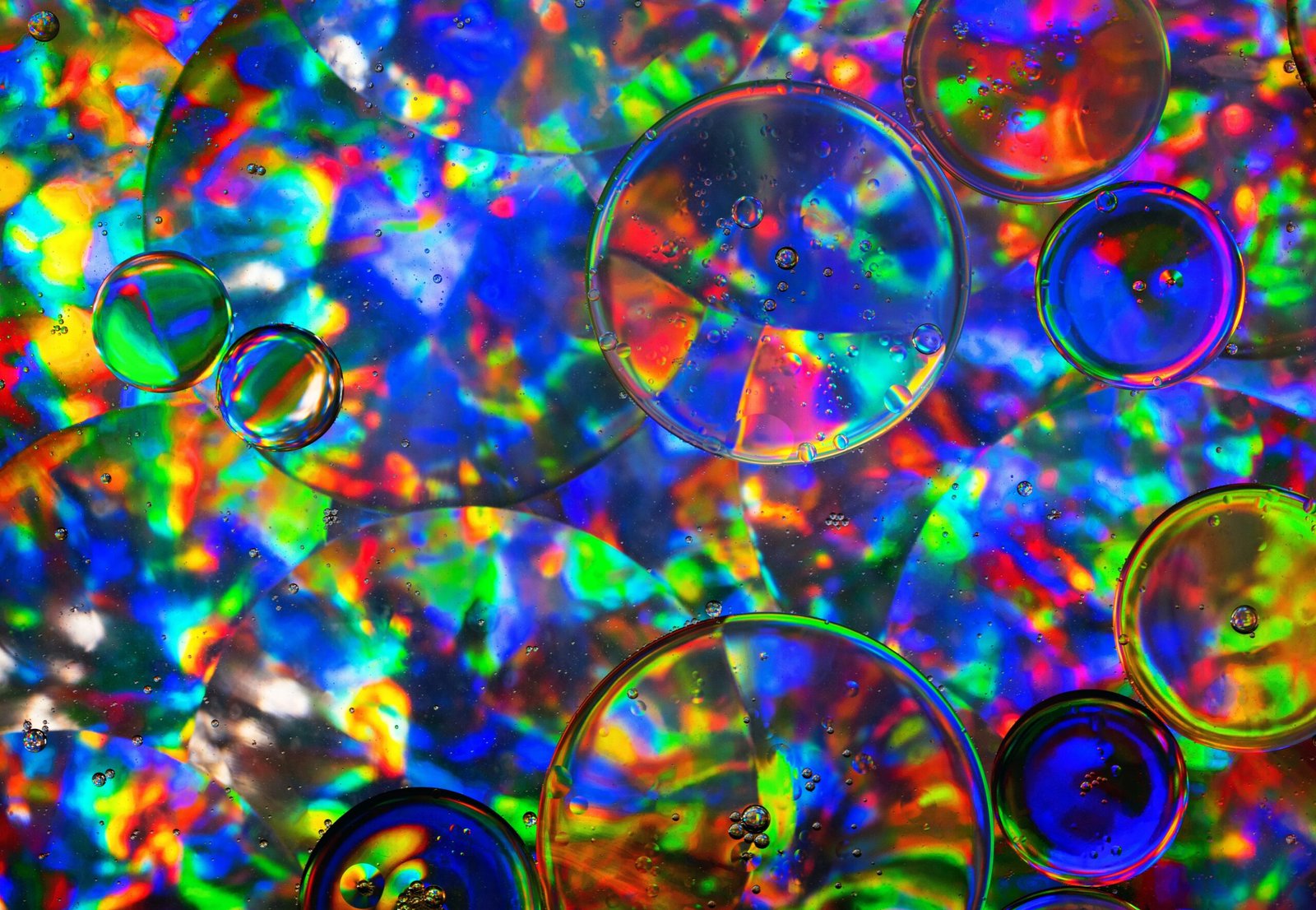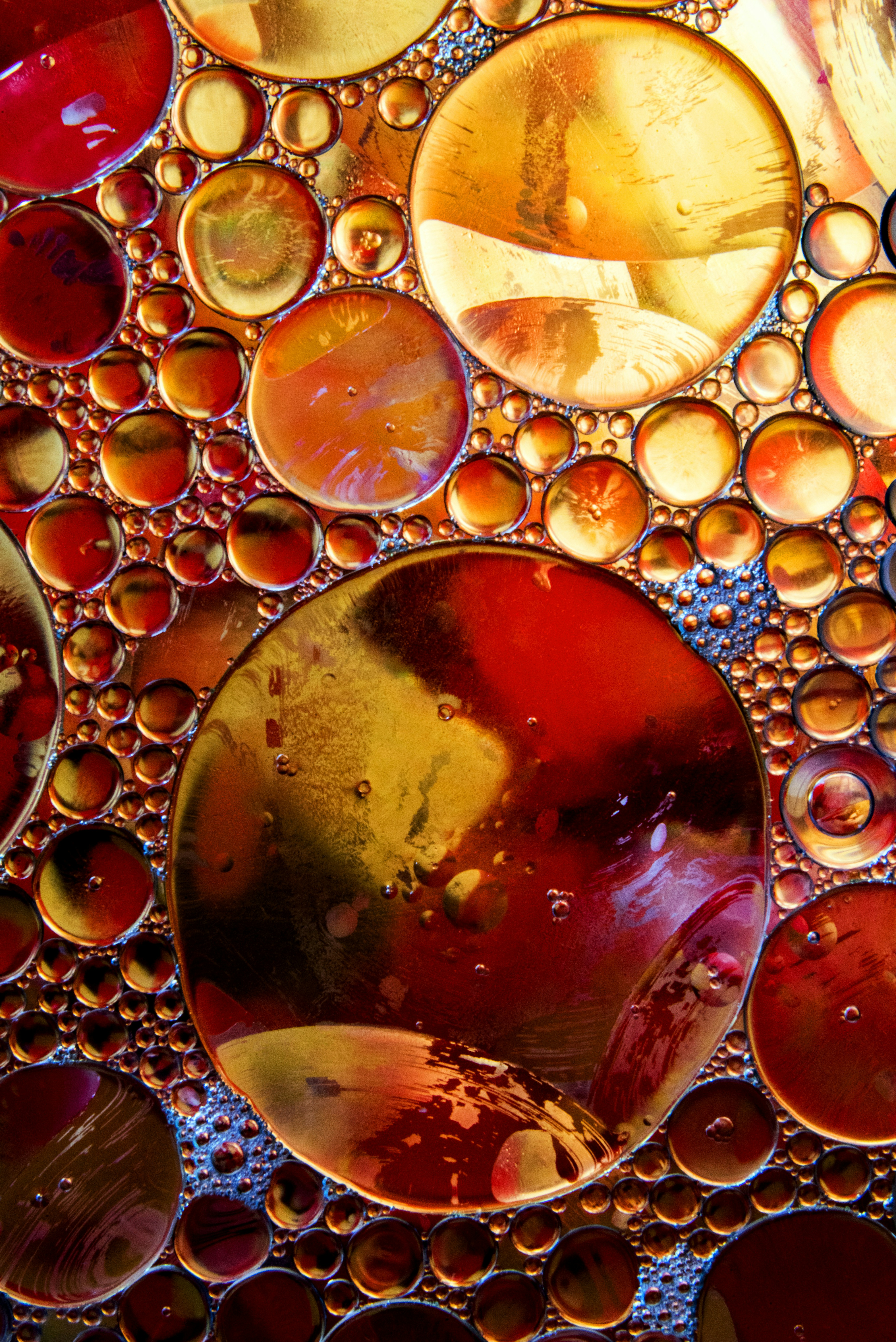Have you ever wondered about the role of uric acid in gout? Gout, a painful form of arthritis, is caused by an accumulation of uric acid in the joints. In this article, we will explore the fascinating connection between uric acid and gout, understanding how this compound can impact your overall health and well-being. So, if you're curious to gain insight into what exactly goes on inside your body when gout strikes, keep reading to discover the crucial role of uric acid in this condition.
What is the role of uric acid in gout?
Gout is a type of arthritis that is caused by the buildup of uric acid crystals in the joints. Uric acid is a waste product that is produced when the body breaks down purines, which are found in certain foods and drinks. Normally, uric acid is dissolved in the blood and excreted through the kidneys. However, in some cases, either the body produces too much uric acid or the kidneys are unable to eliminate enough of it. This leads to a condition known as hyperuricemia, which is the underlying cause of gout.
Understanding Gout and Uric Acid
Gout is a form of inflammatory arthritis that primarily affects the joints, most commonly the big toe. It is characterized by sudden and severe pain, swelling, redness, and tenderness in the affected joint. It is a chronic condition that can significantly impact a person's quality of life if left untreated. To understand the role of uric acid in gout, it is important to know how uric acid is produced and eliminated in the body.
Production and Elimination of Uric Acid
Uric acid is a byproduct of the metabolic breakdown of purines, which are naturally occurring substances found in certain foods and beverages. When purines are broken down, they form uric acid, which is then transported to the kidneys for excretion. In a healthy individual, the balance between uric acid production and elimination is well-maintained, preventing the buildup of uric acid in the blood. However, certain factors can disrupt this delicate balance, leading to hyperuricemia and the subsequent development of gout.
Hyperuricemia and Gout
Hyperuricemia is a condition characterized by abnormally high levels of uric acid in the blood. It is the key factor that contributes to the development of gout. When the concentration of uric acid in the blood exceeds its solubility threshold, uric acid crystals start to form. These crystals then accumulate in the joints, triggering an inflammatory response and causing the characteristic symptoms of gout. While hyperuricemia is not always followed by gout, it is the major risk factor for its development.
The Role of Uric Acid Crystals in Gout
Uric acid crystals play a central role in the development of gout. These crystals are needle-like structures that can provoke an immune system response when deposited in the joints. They act as foreign bodies and trigger an inflammatory reaction, leading to the release of various chemical messengers, including cytokines, chemokines, and prostaglandins. This inflammatory response is responsible for the intense pain, redness, swelling, and warmth experienced during a gout attack.
Inflammatory Response to Uric Acid Crystals
When uric acid crystals enter the joint space, they act as irritants, stimulating the immune system to release inflammatory mediators. These mediators attract white blood cells, particularly neutrophils, to the site of inflammation. Neutrophils release enzymes, such as myeloperoxidase and elastase, which further contribute to tissue damage and inflammation. The continuous presence of uric acid crystals and the resulting inflammatory response can lead to the chronic inflammation and joint damage that is commonly seen in gout.

Joint Inflammation and Pain
The inflammatory response triggered by uric acid crystals is responsible for the excruciating pain experienced during a gout attack. The release of inflammatory mediators leads to increased blood flow, swelling, and increased sensitivity of the nerves in the affected joint. These changes can result in intense pain, making even the slightest movement or pressure unbearable. The pain associated with gout attacks is often described as throbbing, stabbing, or excruciating, and can last for several days or even weeks.
Formation of Tophi due to Uric Acid
In some cases, chronic or severe gout can lead to the formation of tophi. Tophi are lumps or nodules that develop when uric acid crystals accumulate in the joints or other tissues in the body. They can be visible under the skin and feel firm to the touch. Tophi are most commonly found in the fingers, toes, and elbows, but can also occur in other areas. The presence of tophi is a sign of longstanding, poorly controlled gout, and can lead to further joint damage if left untreated.
Long-Term Damage to Joints
Chronic gout and the recurrent gout attacks can lead to long-term damage to the joints. The accumulation of uric acid crystals and the resulting inflammatory response can cause erosion of the cartilage, which is the smooth tissue that covers the ends of the bones in a joint. Over time, this can lead to joint deformity, reduced range of motion, and chronic pain. The joints most commonly affected by gout include the big toe, ankle, knee, wrist, and elbow.
Other Health Effects of Uric Acid in Gout
In addition to its role in gout, uric acid has been associated with other health effects. High levels of uric acid in the blood have been linked to an increased risk of developing other health conditions, including kidney stones, hypertension, cardiovascular disease, and metabolic syndrome. The exact mechanisms underlying these associations are still being explored, but it is believed that uric acid may contribute to inflammation and oxidative stress, both of which can damage various organs and systems in the body.
Conclusion
In conclusion, uric acid plays a central role in the development of gout. Hyperuricemia, the condition characterized by elevated levels of uric acid in the blood, leads to the formation of uric acid crystals, which provoke an inflammatory response in the joints. This inflammatory response causes the characteristic symptoms of gout, including intense pain, swelling, redness, and joint damage. Understanding the role of uric acid in gout is crucial for effective management and prevention strategies, as it helps to target the underlying cause of the disease.


